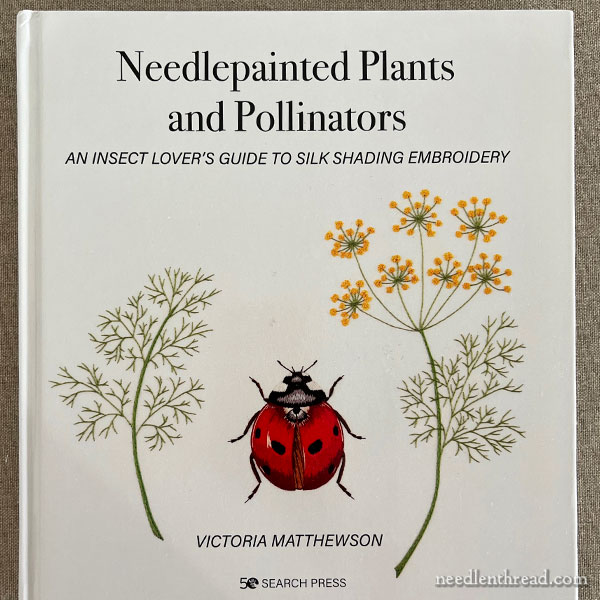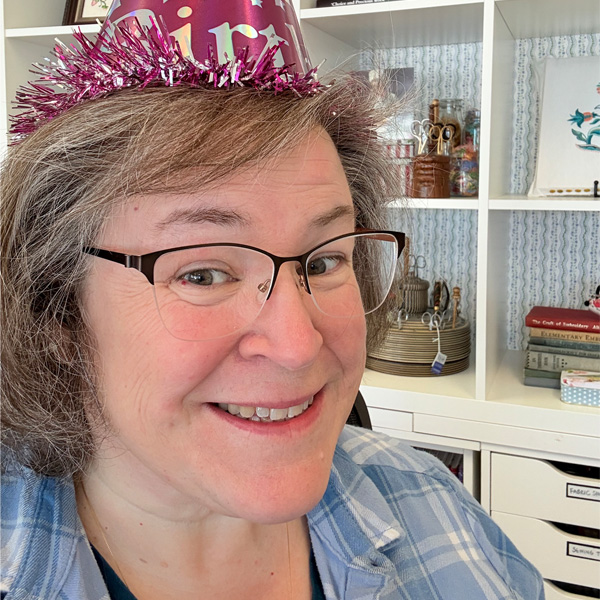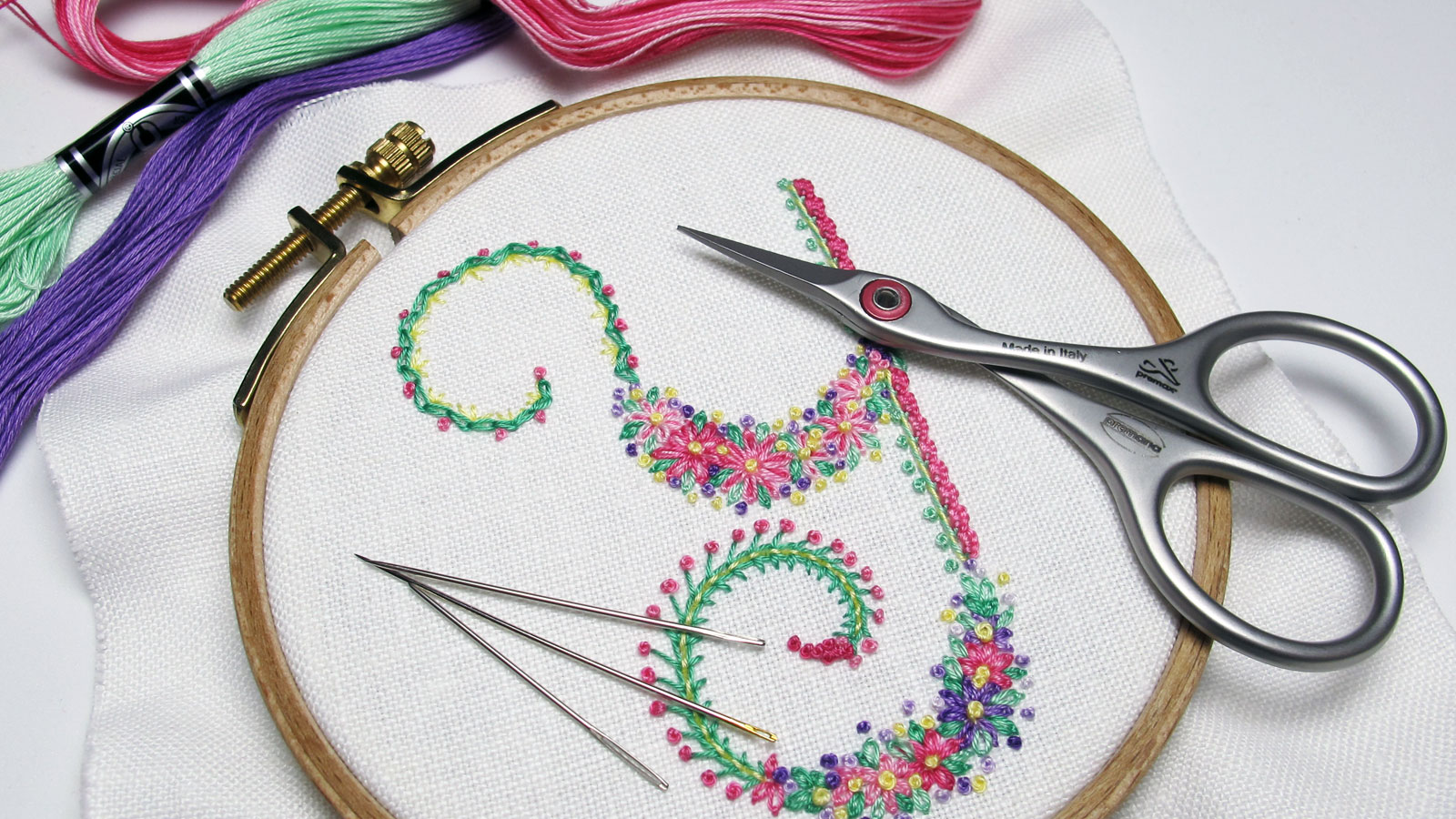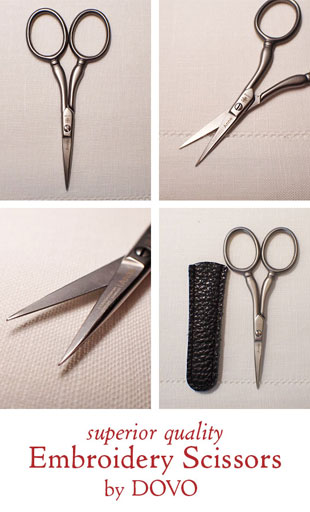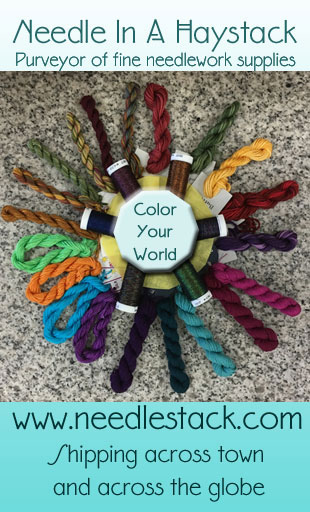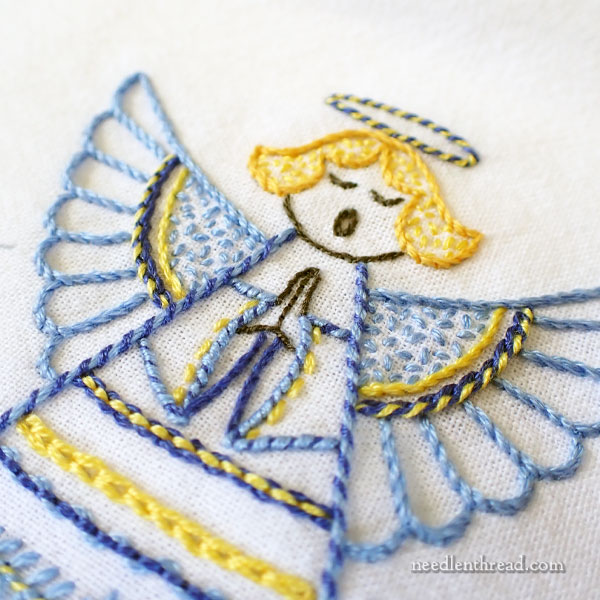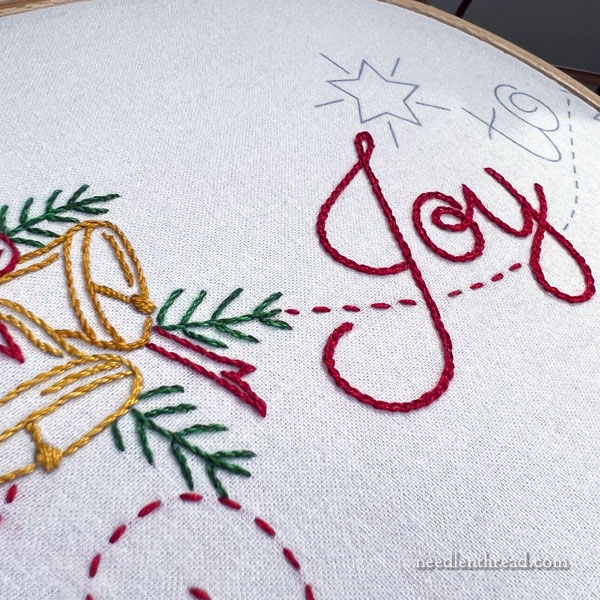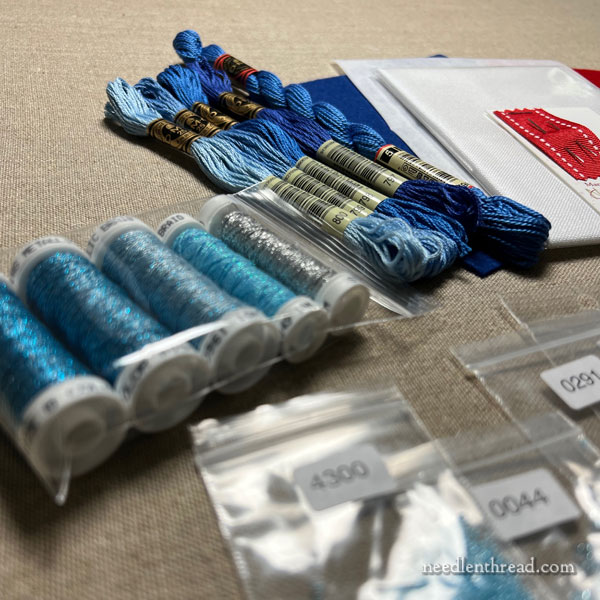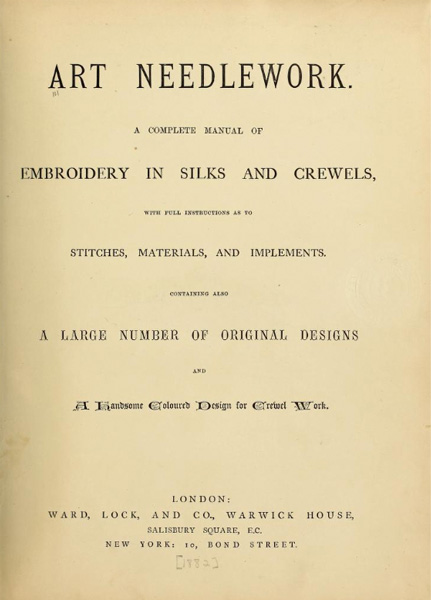October 14, 2021
Needlepainted Plants and Pollinators – It’s Coming! Don’t Miss It!
This is one of the books I’ve been Absolutely Dying to get to, to let you know about! Now that the release date is getting very close, I’m really excited to write a review of it.
The book is Needlepainted Plants and Pollinators: An Insect Lover’s Guide to Silk Shading Embroidery by Victoria Matthewson. It is a lovely book from Search Press, and it falls into a very interesting category. It’s pretty much a nature journal in thread, combined with instruction and projects.
I knew it was going to be good. I follow Victoria’s Instagram feed and really enjoy seeing her work. So, yep. I was excited to get an advanced copy and see the book in person! Let me show it to you…
